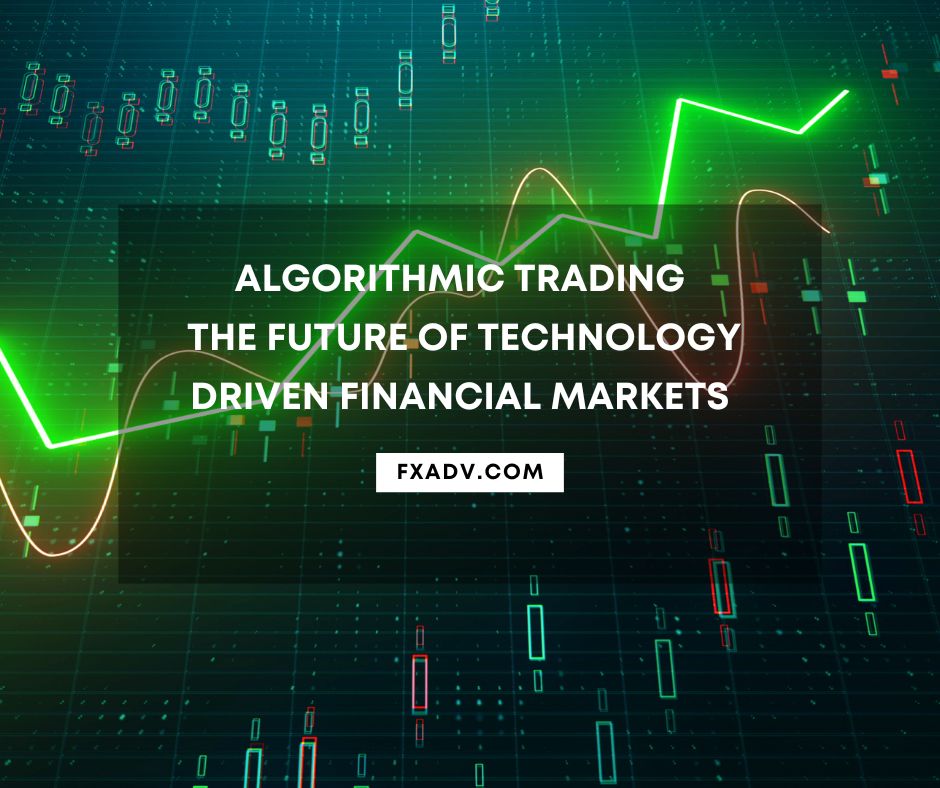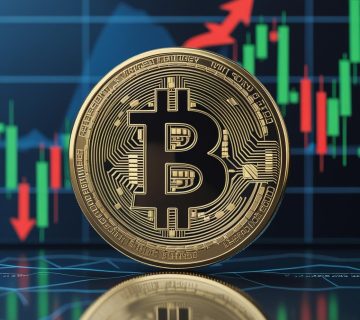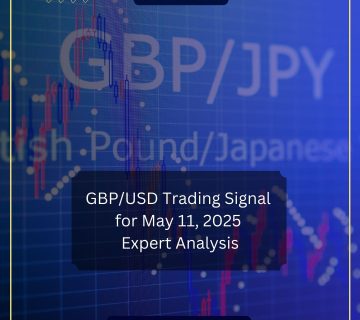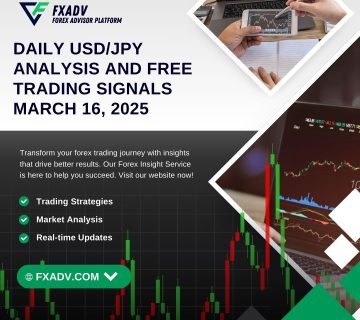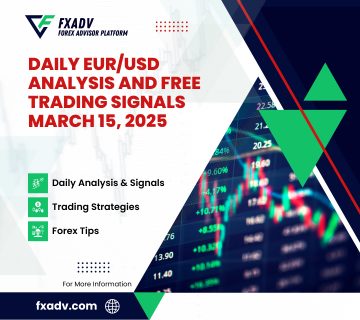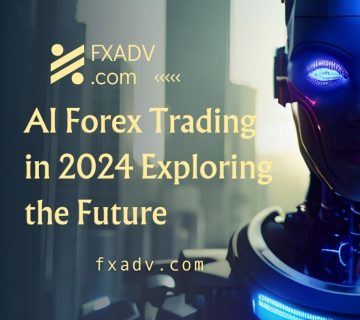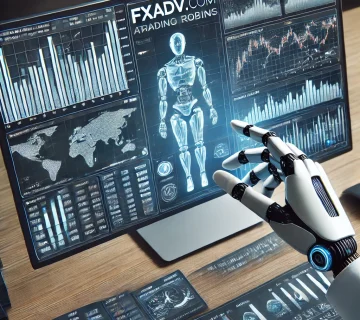Using Technology in Trading: A Deep Dive into Modern Financial Markets
The financial trading landscape has undergone a significant transformation in recent years, primarily driven by advancements in technology. Today, trading is no longer confined to the physical floors of stock exchanges or limited to institutional investors. The digital age has democratized trading, allowing individuals from all over the globe to participate in various markets. This article explores how technology has influenced trading, offering insights, real-life examples, and practical advice for traders navigating this rapidly evolving domain.
1. Algorithmic Trading: The Rise of Automated Decisions
One of the most profound technological advancements in trading is algorithmic trading, where computer algorithms execute trades based on predetermined criteria. These algorithms analyze vast amounts of data, identify patterns, and make split-second trading decisions without human intervention. This has revolutionized high-frequency trading (HFT), where the goal is to capitalize on minor price discrepancies that only last milliseconds.
Example: A well-known example is Renaissance Technologies, a hedge fund that uses sophisticated algorithms to manage its trades. The firm’s flagship Medallion Fund is renowned for consistently outperforming the market, relying heavily on algorithmic models that process historical data to predict future price movements.
2. Artificial Intelligence (AI) and Machine Learning in Trading
AI and machine learning have introduced new dimensions to trading. Unlike traditional algorithms, machine learning models adapt and improve over time as they learn from historical data. These technologies analyze vast datasets, including social media sentiment, news articles, and market data, to make predictions.
Example: In 2017, JPMorgan developed an AI-powered trading program called LOXM to optimize its equity trades. The AI analyzed large datasets to determine the best execution strategy, significantly reducing transaction costs for the bank. Today, many financial institutions use AI to handle routine trades and even predict future market trends.
3. Mobile Trading Platforms: Trading Anytime, Anywhere
The advent of smartphones and mobile apps has made trading accessible to virtually anyone with an internet connection. Mobile trading platforms offer real-time data, chart analysis, and even educational tools. This convenience has democratized trading, empowering retail investors to enter the markets easily.
Example: Robinhood, a commission-free trading app, revolutionized the industry by making stock trading accessible to a younger generation. Its user-friendly interface and zero-commission model led to a surge in new retail investors, significantly influencing the market during events like the GameStop short squeeze in 2021.
4. Blockchain Technology and Cryptocurrency Trading
Blockchain technology has given birth to an entirely new asset class: cryptocurrencies. Platforms like Binance, Coinbase, and Kraken have enabled users to trade digital currencies, while decentralized finance (DeFi) has introduced innovative financial instruments. Smart contracts, powered by blockchain, eliminate intermediaries and offer transparency, reducing the risks associated with centralized platforms.
Example: In 2020, the DeFi protocol Uniswap surpassed Coinbase in trading volume for the first time. This shift highlighted the potential of decentralized trading platforms, where users trade directly with one another through smart contracts, eliminating the need for a traditional exchange.
5. Big Data Analytics: Leveraging Information for Better Decisions
In trading, information is power. Big data analytics allows traders to sift through massive datasets, including market trends, financial reports, and macroeconomic indicators, to make informed decisions. These tools provide insights that were previously impossible to obtain manually.
Example: Hedge funds like Bridgewater Associates utilize big data to analyze global economic trends and predict market movements. This data-driven approach has enabled Bridgewater to remain a dominant player in the hedge fund industry, focusing on the macroeconomic factors that drive the market.
6. Social Trading Platforms: Harnessing Collective Wisdom
Social trading platforms like eToro have gained popularity, allowing traders to follow and replicate the strategies of successful investors. This “copy trading” approach combines technology with collective intelligence, enabling beginners to learn from seasoned traders while sharing strategies in real time.
Example: In 2021, eToro reported a significant increase in new users, driven by the platform’s ability to connect retail investors globally. Traders on eToro can access a vast pool of strategies, analyze performance metrics, and even engage in discussions, creating a vibrant trading community.
7. Cloud Computing: Enhancing Speed and Flexibility
Cloud computing has brought a new level of efficiency to trading. With cloud-based platforms, traders can access powerful computational resources without investing in expensive hardware. This has leveled the playing field, allowing small traders to employ sophisticated trading models and access data analytics tools that were once the preserve of large financial institutions.
Example: QuantConnect is a cloud-based algorithmic trading platform that offers a free backtesting environment. Traders can write code, backtest strategies using historical data, and deploy them live—all within a cloud environment. This has allowed individual traders to compete with institutional algorithms effectively.
8. Virtual Reality (VR) and Augmented Reality (AR) in Trading
Although still in its early stages, VR and AR have the potential to change how traders interact with market data. Virtual trading floors, where traders can visualize data in a 3D environment, could provide a more intuitive understanding of market trends and real-time analytics.
Example: In 2023, Fidelity Investments launched a VR platform that allowed clients to visualize their portfolios and market data in a virtual environment. Although adoption is still limited, VR could become a valuable tool for traders seeking a more immersive trading experience.
9. Cybersecurity: Protecting Digital Trading Platforms
With the increased reliance on digital platforms, cybersecurity has become a critical concern. Secure trading platforms use multi-factor authentication, encryption, and other security measures to protect users’ assets. The rise in cyber threats has made security a top priority for traders and platforms alike.
Example: In 2020, the cryptocurrency exchange KuCoin was hacked, leading to the theft of over $280 million in digital assets. However, due to the platform’s quick response and partnership with other exchanges, most of the stolen funds were recovered. This incident highlighted the importance of robust cybersecurity measures in digital trading.
10. The Future of Technology in Trading: What’s Next?
The rapid pace of technological advancements suggests that trading will continue to evolve. Emerging technologies like quantum computing hold the promise of faster and more accurate predictions, potentially disrupting the financial markets once again. AI-driven chatbots for customer support, decentralized exchanges, and enhanced mobile platforms will likely shape the future landscape of trading.
Conclusion
Technology has not only transformed how trading is conducted but has also opened doors for millions of individuals worldwide. From algorithmic trading to the rise of cryptocurrencies, technology has made trading faster, more efficient, and accessible. However, it has also introduced new challenges, such as cybersecurity risks and the potential for market manipulation. As the trading world continues to evolve, staying informed and leveraging the latest tools will be crucial for success.
Forex Trading Mastering in 2024: Strategies, Tips, and Trends to Dominate the Market


